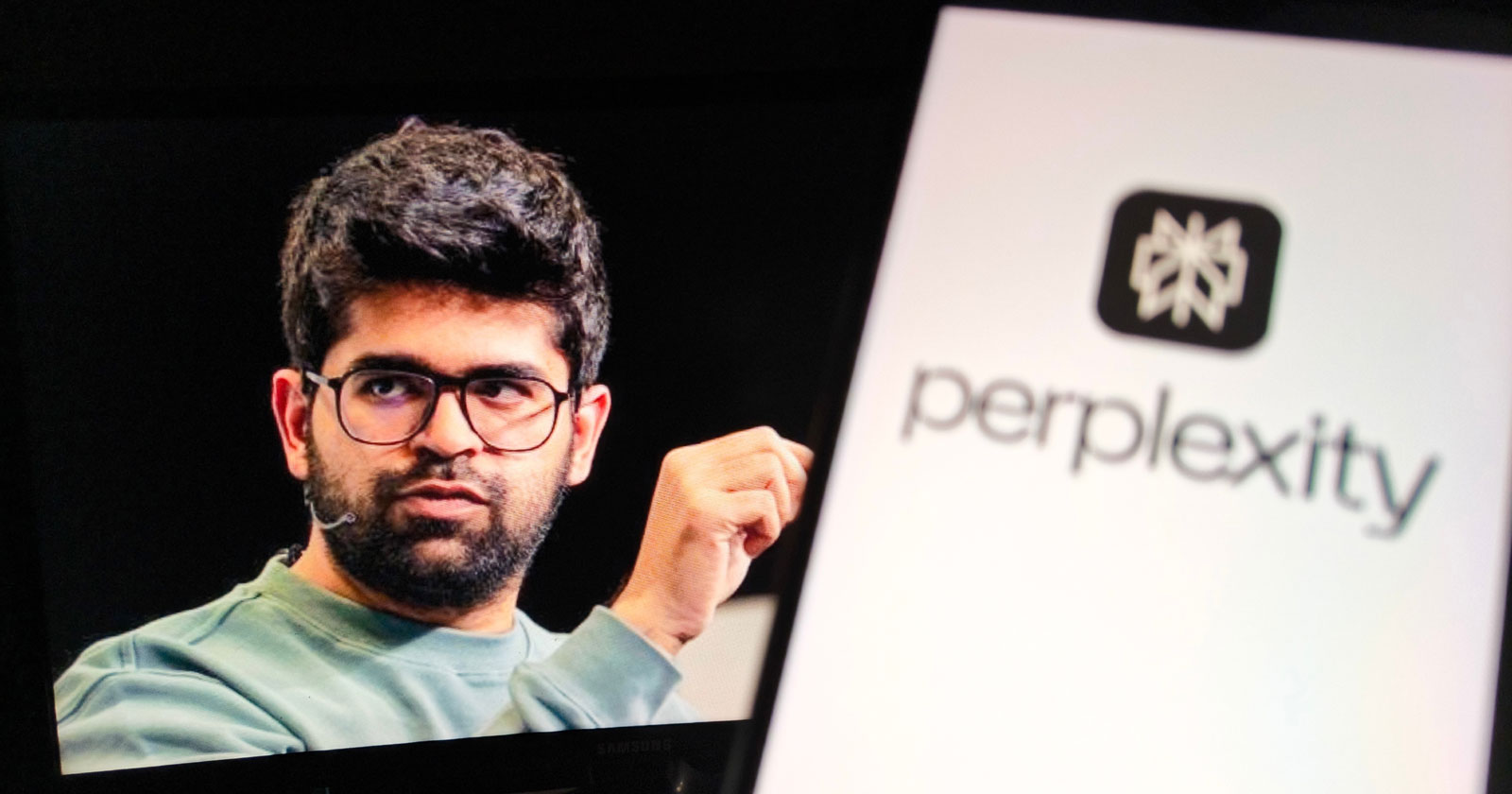The Perplexity problem: when AI assistants challenge web infrastructure assumptions
AI systems won't fit our old categories, and our legal frameworks haven't caught up yet.

Bot detection has always assumed a clear divide between human users and automated crawlers, but Perplexity's encounter with Cloudflare demonstrates how AI assistants challenge that model entirely. When users request recent restaurant reviews, Perplexity's system retrieves and summarizes content in real time—which triggers Cloudflare's bot detection despite serving legitimate user requests.
Perplexity's defense holds up here. Unlike crawlers that systematically scrape vast web sections, their AI responds to specific user questions. They don't store content for training or build searchable indexes—each fetch answers an immediate user need. This mirrors how Google bypasses robots.txt for user-triggered features like text-to-speech or site verification.
The problem: infrastructure built for yesterday's threat models can't handle hybrid AI systems. Cloudflare's bot management risks overblocking responsible services while missing sophisticated automated systems designed to evade detection. The result is a classification mess where technical capability and user intent collide.
Legal and product teams need to rethink how we distinguish legitimate automation from harmful behavior. Whether a system is automated matters less than whether it serves real-time user needs, respects content boundaries, and operates transparently. Platform governance needs more sophisticated approaches as AI assistants become standard—ones that consider both technical architecture and user intent.



